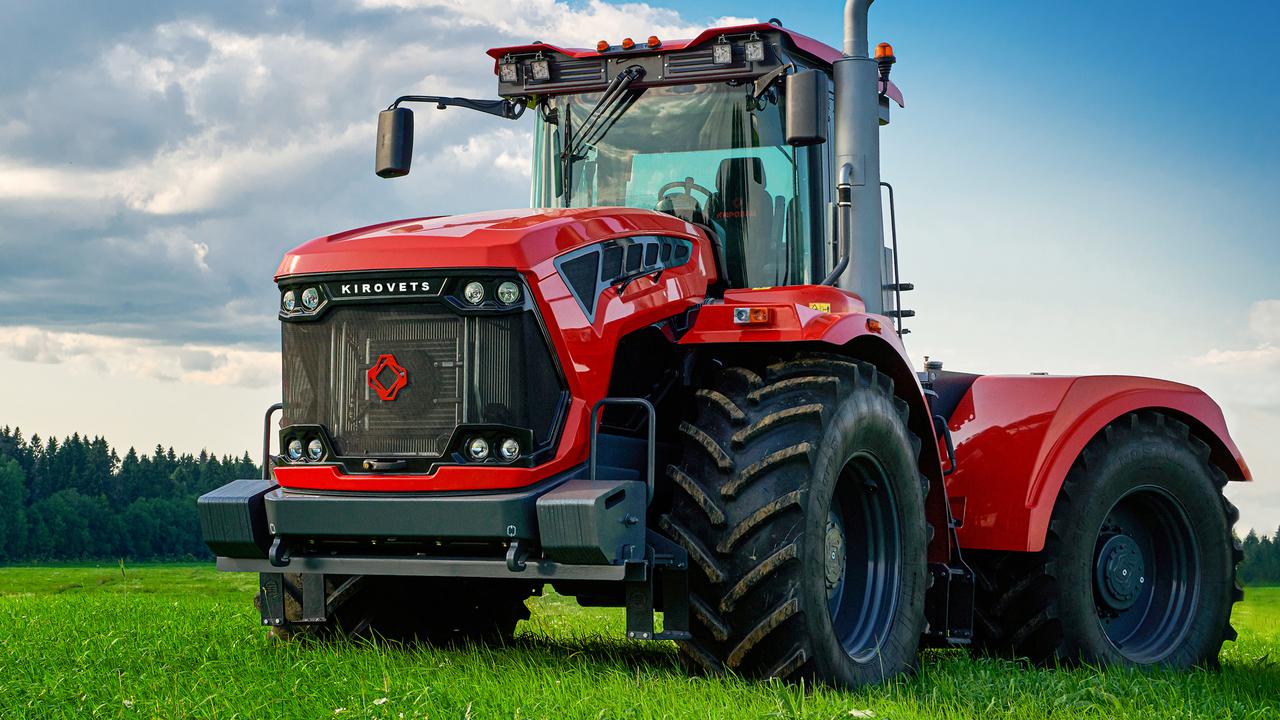YETRAC
Kirov Plant: A Historical Overview of Russia’s Mechanical Engineering and Agricultural Machinery Manufacturing
Kirov Plant: A Historical Overview of Russia’s Mechanical Engineering and Agricultural Machinery Manufacturing
The Kirov Plant, also known as Kirov Factory or Leningrad Kirov Plant (LKZ), holds a prominent place in Russian industrial history. Situated in St. Petersburg, Russia, this major mechanical engineering and agricultural machinery manufacturing plant has a rich legacy dating back to the 18th century. This comprehensive article explores the history, products, and significance of the Kirov Plant.
History
Founding and Early Years
Established in 1789 and relocated to its present site in 1801, the Kirov Plant initially served as a foundry for manufacturing cannonballs. Over the years, it played a crucial role in the industrialization of Russia. In 1868, Nikolay Putilov purchased the bankrupt plant, leading to the formation of the Putilov Company, initially focused on producing rolling stock for railways.
Rise During the Russian Industrialization
The late 19th century marked a period of significant growth for the plant, with its workforce quadrupling in a decade, reaching 12,400 employees by 1900. The factory primarily supplied goods to the Russian government, with a substantial portion of its output dedicated to railway products. Starting in 1900, the Kirov Plant expanded into artillery production, eventually becoming a major supplier to the Imperial Russian Army, alongside state arsenals. By 1917, it had become the largest enterprise in St. Petersburg.
Labor Unrest and Political Impact
In December 1904, during the lead-up to the 1905 Russian Revolution, the plant experienced labor unrest when four workers were dismissed due to their involvement in strikes during Bloody Sunday. The manager claimed unrelated reasons for their dismissal. This led to a massive strike involving virtually the entire workforce, with sympathy strikes erupting across the city, involving 150,000 workers in 382 factories. This unrest culminated in January 1905 with the city paralyzed, devoid of electricity and newspapers, and public areas declared closed.
Role in the February Revolution
In February 1917, strikes at the Kirov Plant played a role in triggering the events that led to the February Revolution. Following the October Revolution in November 1917, the plant was renamed the Red Putilovite Plant (Zavod Krasny Putilovets) and gained fame for producing the first Soviet tractors, the Fordzon-Putilovets, based on the Fordson tractor. The Putilov Plant was known for its revolutionary traditions. In the aftermath of the assassination of Sergey Kirov in December 1934, the head of the Leningrad Communist Party, the factory was renamed Kirov Factory No. 100.
Post-War Era and Beyond
Since 1962, the Kirov Plant has been producing the Kirovets tractor, which has become a notable product in its portfolio. During World War II, the plant contributed to the war effort by manufacturing the KV-1 tank. However, it is important to note that the Kirov Plant delisted from the Moscow Exchange in 2011, signifying changes in its corporate status and structure.
Products and Significance
The Kirov Plant has been involved in the production of a diverse range of products, including tractors, escalators, artillery, and more. Notably, the Kirovets heavy tractors have been a significant part of the plant’s modern production.
The Kirov Plant’s long and eventful history is intertwined with the industrialization and political developments of Russia. From its origins as a foundry for cannonballs to its role in producing Soviet tractors and military equipment, it has left an indelible mark on Russia’s industrial landscape.

